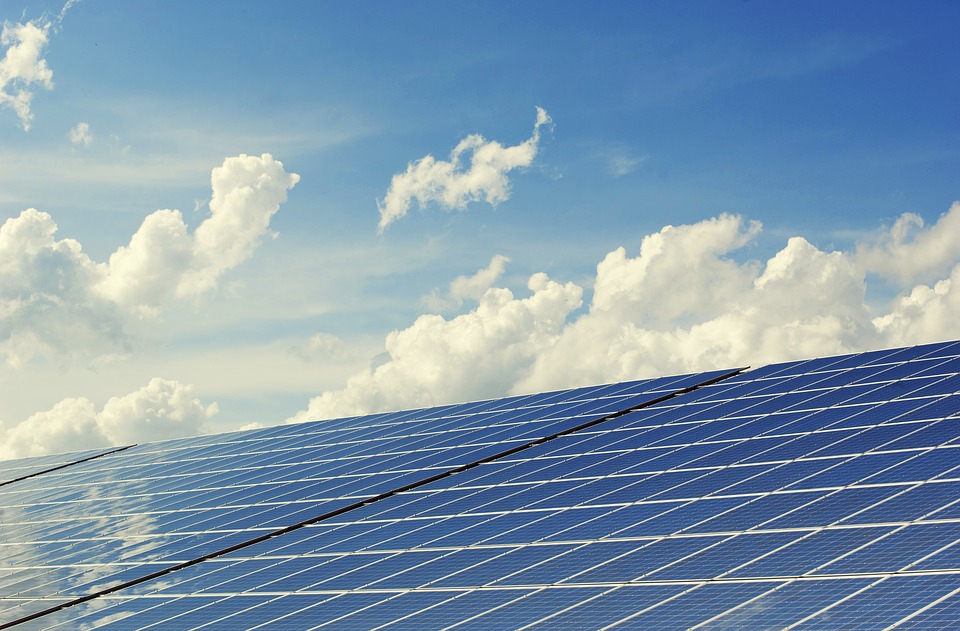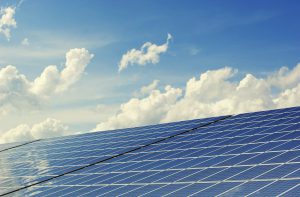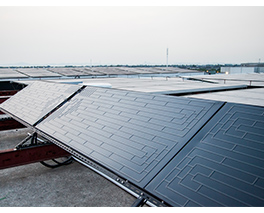
19 Jun Panel Power!
Have you ever considered what could be achieved, if you were to integrate panels for electricity generation with panels for hot water generation into one solar system for your home – a system powerful enough to supply all your hot water needs, and… potentially pay for them?
Solar PV panels and thermodynamic| hot water panels – both powerful types of ‘solar panel’, but both work in very different ways to generate two types of energy – electricity and hot water!
Solar panels provide power in the form of electricity, whereas thermodynamic hot water systems are powerful enough to generate all the hot water one household could need, ironically without requiring a great deal of power to run.
Infinity Innovations Ltd, distributors of the Bunsen Air| Eco hot water heating system, have assessed the financial saving possibilities of integrating the two, and have discovered that Solar PV panels are more than capable of powering the Bunsen Air| Green Water Heating System.
How much electricity is required to power the Bunsen Air |Thermodynamic Heat Pump?
The Bunsen’s thermodynamic solar collector panels and the Bunsen Air heat pump, together form a powerful solar water heater, that has left our customers seeing a long-term return on their investment after installation, alongside significantly reducing their own carbon footprints, (without any need to put their shoes for a long spin in the tumble dryer).
But indeed, any system such as this requires electricity to run…
How much electricity does the Bunsen require to run?
One of the main questions asked of heat pump manufacturers, and a question frequently answered on many a money saving forum or F&Q section of a website is “how much electricity will this cost me to run – will I really see a return on my investment?”
To put the electricity usage of the Bunsen Air into perspective, let’s take a look at the running power of some other household appliances…
A microwave runs on approximately 800W, and an immersion heater is 3000W.
The rated power of the Bunsen Air is 444w, running on average at around 500w.
When you take a moment to consider that the rated power of a Bunsen Air system is less than that of a microwave, and like a microwave, doesn’t not need to be constantly running, I’m sure you’ll agree that cost to run the electric supplying the Bunsen, is only slight, therefore, there could be an alternate way to power it…
Using Solar PV Panels to power the Bunsen Air
Solar PV panels are handy things, as they can pretty much be installed on any surface, the roof, ground mounted, a side wall or even the side of your shed if you’re really stuck for space. They must however, be exposed to sunlight, so installing them on your shed is no good if it is turned into the shade. Ideally the panels would be south or south/west facing.

Solar panels do not work under the same principle as thermodynamic solar panels, as they are reliant on sun, however on a good day, two panels could generate over 500w of electricity. How much they generate totally depends on how many panels you have, and where they are situated.
Considering the rated power of the Bunsen Air is 444W, it is possible that on days where there is good amount of sun, the electricity generated by two solar panels (which is around 500w), would be enough to cover the required electricity supply to the Bunsen Air, which in turn powers the hot water supply.
It is equally worth remembering, that as the Bunsen Air Solar Assisted Heat pump, spends a lot of its time in standby, whereas the solar panels continue to generate electricity all day long, they will still be producing energy even when the Bunsen is not.

What would happen to the unused electricity?
This unused electricity would contribute to the running of other household appliances such as a fridge/freezer, phone chargers etc, meaning that you can offset the power you don’t buy, against that which the Bunsen Air uses.
If you had a large enough home (and enough pennies in the bank to do so), installing 10 panels each producing 250 watts, would generate an electricity output of around 2500w, which is more than enough to power the Bunsen Air, alongside most of your general electricity requirements.
In conclusion, the more solar panels you have, in collaboration with the Bunsen Air heat pump, will either dramatically reduce your energy costs or power your Bunsen Air system entirely, making both solar systems a worthwhile partnership (as long as you don’t mind the panel party taking place on your property).


